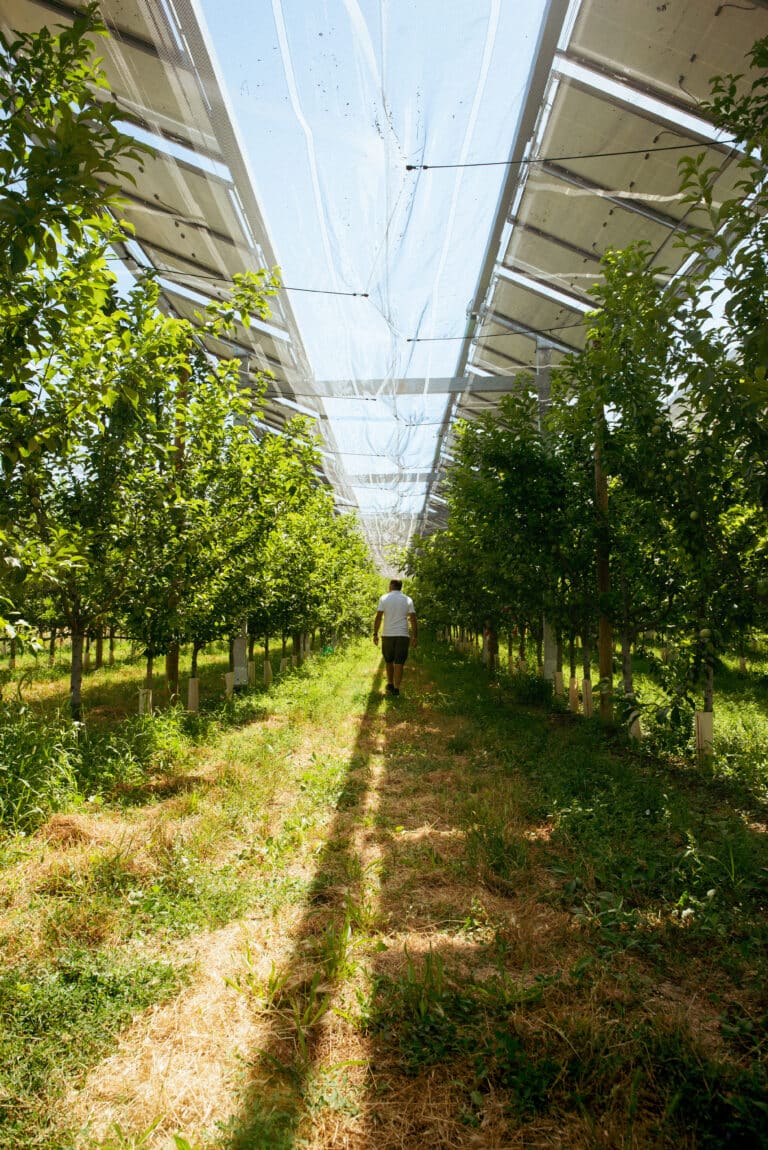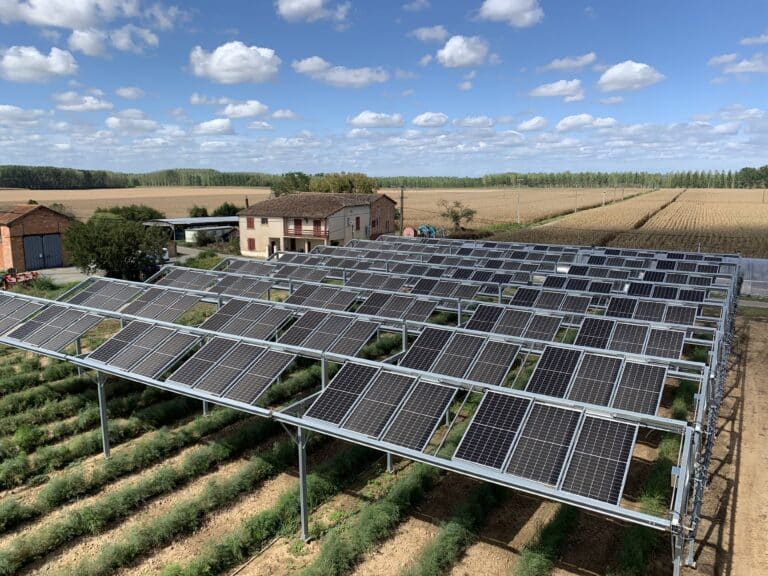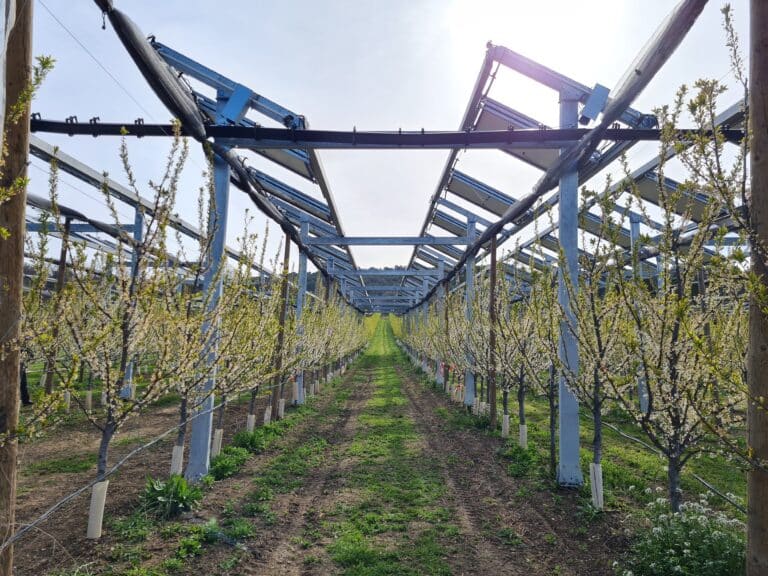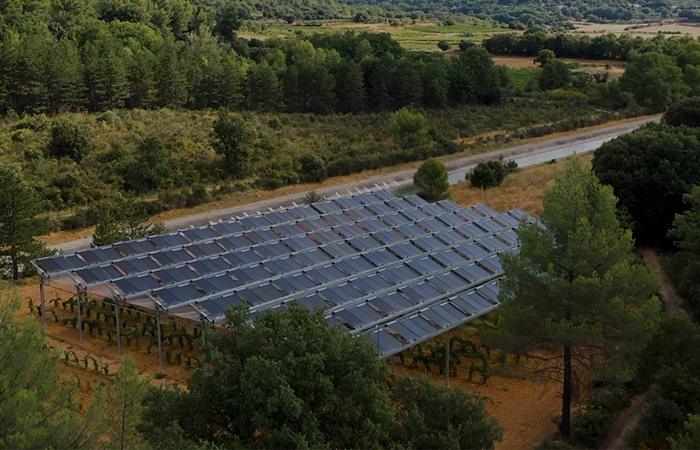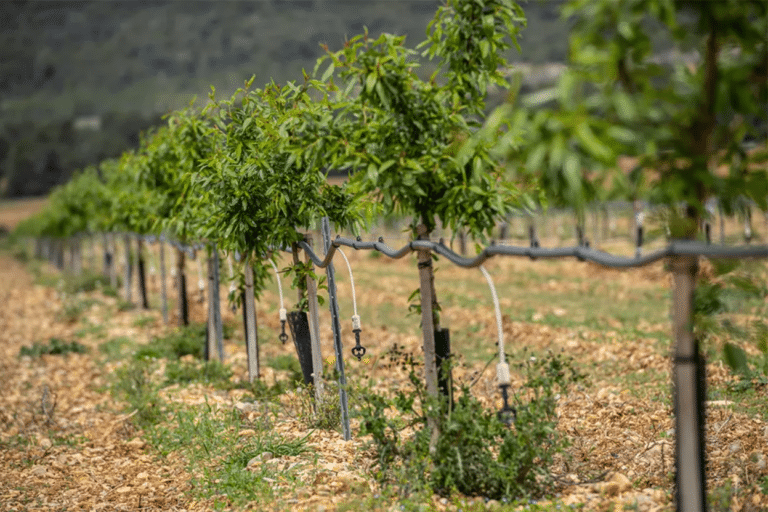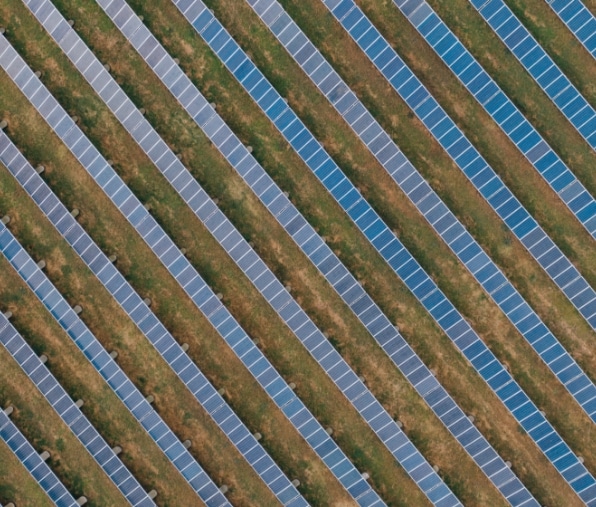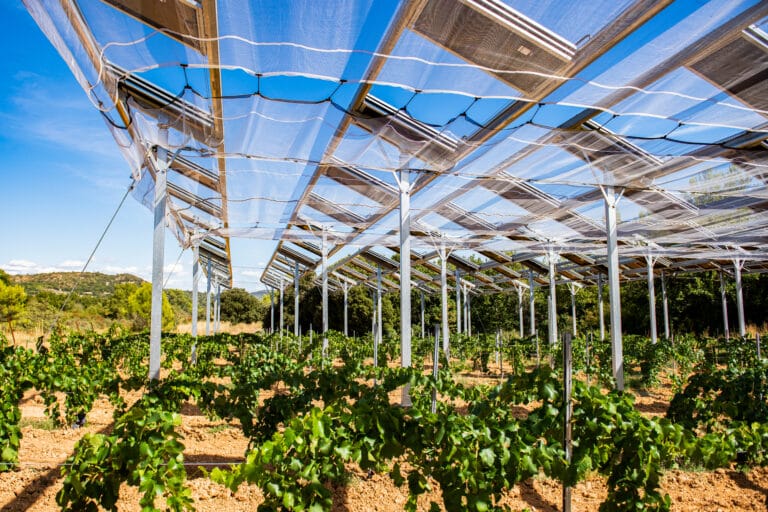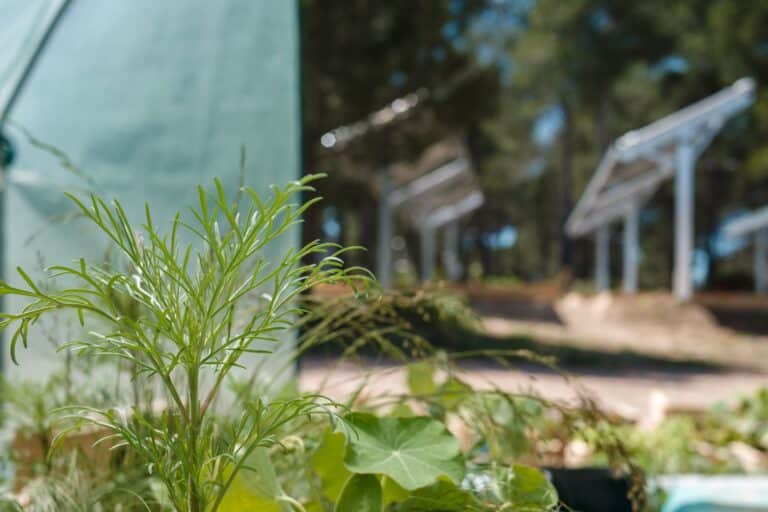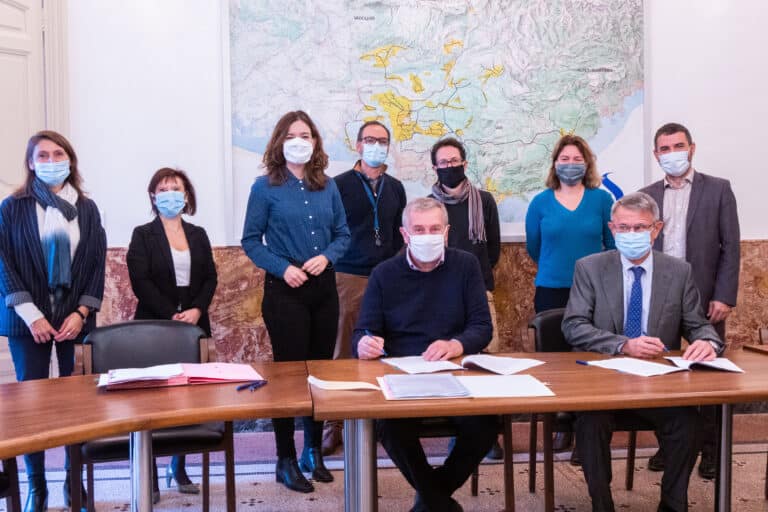In 2023, France will have 11.5 million hectares of grassland (Idele). Grasslands can be home to hundreds of plant species (including legumes such as clover and alfalfa). They play an important role in climate regulation and carbon storage, as well as in in reducing the intensity of floods and flooding by acting as a sponge during heavy rainfall. Last but not least, as the source of grazing and mowing activities, they are a necessary source of feed for livestock: sheep, cattle and goats.
In this article, we take a look at the impact of climate change on grasslands, and the solutions that agrivoltaics can offer in the face of these new stresses.
How climate affects your meadows and pastures
Climatic factors influencing grassland productivity
New climatic conditions over the last few decades have had a direct impact on grassland productivity and forage quality. Indeed, the summer period presents high risks for production, mainly due to low rainfall and particularly high temperatures. Let's take a closer look at the 3 main factors impacting grassland quality:
- Light radiation Oxidative stress: in summer, when light levels are too high, we speak of oxidative stress. The grassland burns, and we observe a slowdown or even a halt in growth dynamics, and therefore a loss of productivity.
- Ambient temperature Thermal stress has a major impact on forage dynamics. During hot spells, grass growth is weak. Prolonged heat stress can degrade grassland condition.
- Water resources Water resources: when drought intensifies, it is associated with a halt in photosynthesis. Under these conditions, grassland growth dynamics are limited.
The impact of climate on the nutritional value of grasslands
Good forage quality enables balanced rations that meet the animals' needs. The energy value of forages is expressed by their net energy content in the forage unit system. This is measured mainly by protein and fiber content.swhich can vary from one plant variety to another. The various climatic stresses have a proven impact on the characteristics and therefore the feed value of esspecies grasslandwhich will tend to degrade forage quality..
The impact of climate on grassland yields
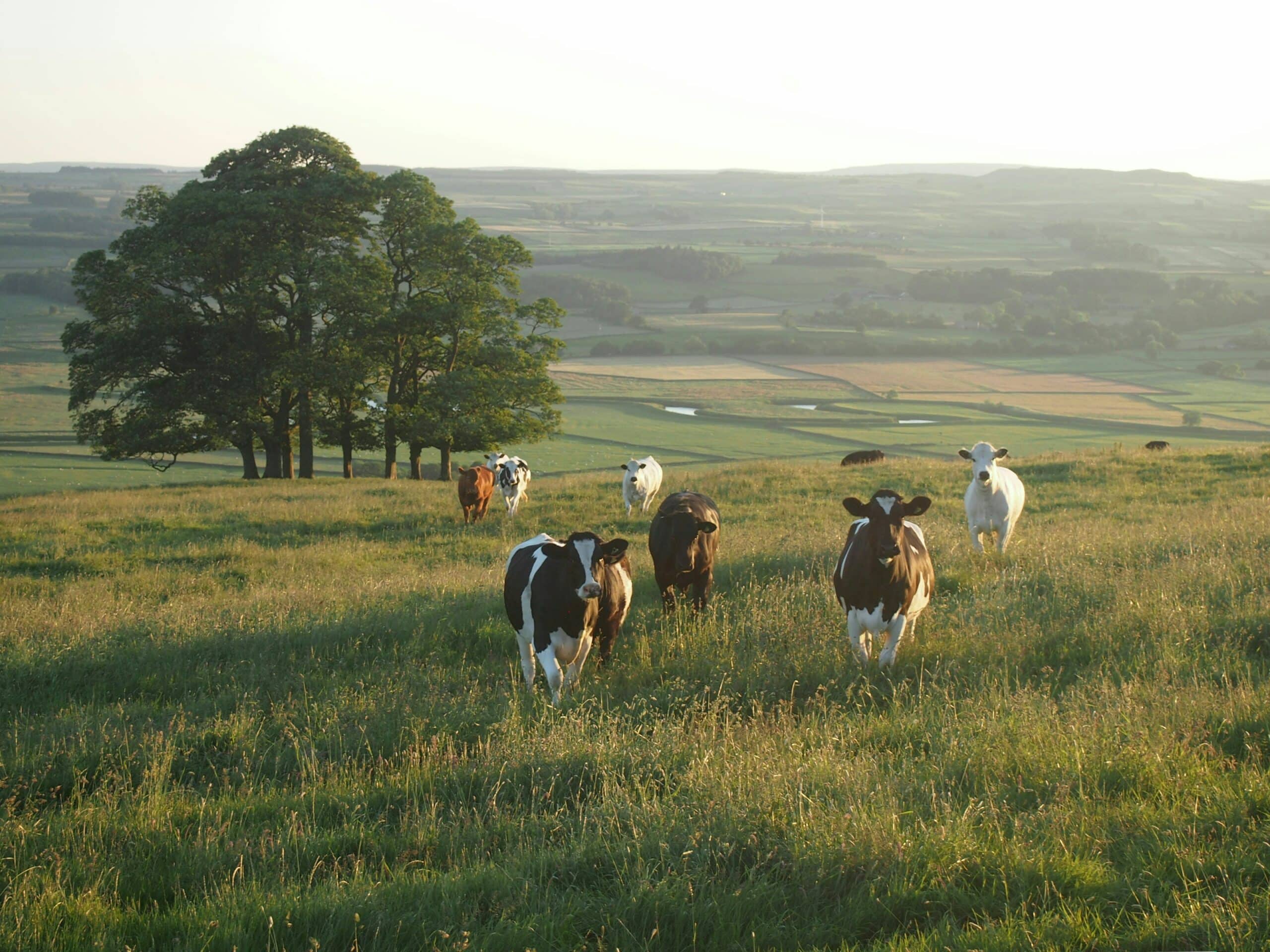
Thermal and hydric stresses restrict the growth of pastures, which no longer produce sufficient quantity and quality to feed the herd. To meet the needs ofhis animalsthe farmer mustowe, in such conditions, supplement the diet with substitutes. At the same time, the summer growth deficite leads to a reduction in the number of mowingss over the year. This dual effect puts pressure on the farm's food stocks on the farm for the winter.
Impacts on the farm
By affecting the quantity and quality of forage, severe climatic stress adversely affects livestock performance, including meat production. Grassland produces 65% of its annual output during the first grass growth cycle, i.e. before June: this is the peak production period for building up winter reserves. Summer and autumn regrowth therefore account for around 35% of annual production (OREB, 2004).
In 2003, the spring drought led to a 50% reduction in harvests for storage in Burgundy. The summer drought, compounded by the heatwave, prevented regrowth until October. All in all, Burgundy's meadows generated generated only 1/3 of the usual production. The two modes of production, pasture and forage storage, therefore therefore impacted (OREB, 2004).
To cope with this situation, farmers are forced to take restrictive and costly avoidance measures, such as buying concentrated feed and reducing their herd size. which can threaten the survival of the farm.
The agrivoltaic solution
The aim of agrivoltaics is to create a synergy between between primary agricultural production and energy production. The benefits to agricultural production are generated by the attenuation of adverse climatic conditions thanks to shading, and have an effect on the thermal comfort of livestock as well as on the forage production of grassland. Here's how it works.
The benefits of agrivoltaics on the agronomic potential of grasslands
Agrivoltaics and its impact on grassland microclimate
By shading the grassland, photovoltaic panels create a microclimate that mitigates the negative effects of thermal, hydric and radiative stress. Studies show that reducing irradiance under the panels lowers temperatures by an average of 2 to 3°C over the summer period, thereby limiting thermal stress in the grassland under the panels (Armstrong et al., 2016a; Madej, 2021).
In terms of water, soil moisture is higher on grassland planted under an agrivoltaic system. It can be up to 35% higher than that of the control for the area under the panels (Madej, 2021). These results show that shaded crops require less water. Thus, thanks to agrivoltaic installations, radiative, thermal and water stress will be less frequent and less intense.
Agrivoltaics and impacts on grassland growth
Studies show show also that the grassland under agrivoltaic solution will have a better capacity of growth in summer (Andrew, 2020 ; Madej, 2021). The study by Madejstudy in Auvergne in particular an increase in regrowth of up to 5 timese than the control in the area under the panelsx. This phenomenon is explained by the modification of the microclimate, which reduces thermal and hydric stress. This capacity for regrowth thus to maintainpastoral activity in summer.
Agrivoltaics and its impact on biomass production
Under conditions of moderate summer water stress, certain studies have have findingser that high levels of shading reduce plot yields. On the other hand, in climatic contexts of low rainfall and marked summer water deficit, agrivoltaic systems seem to favor annual biomass production. In factn summer, vegetation under panels is protected from heat stress, photo-damage and photo-inhibition induced by light stress, unlike in sunny areas.
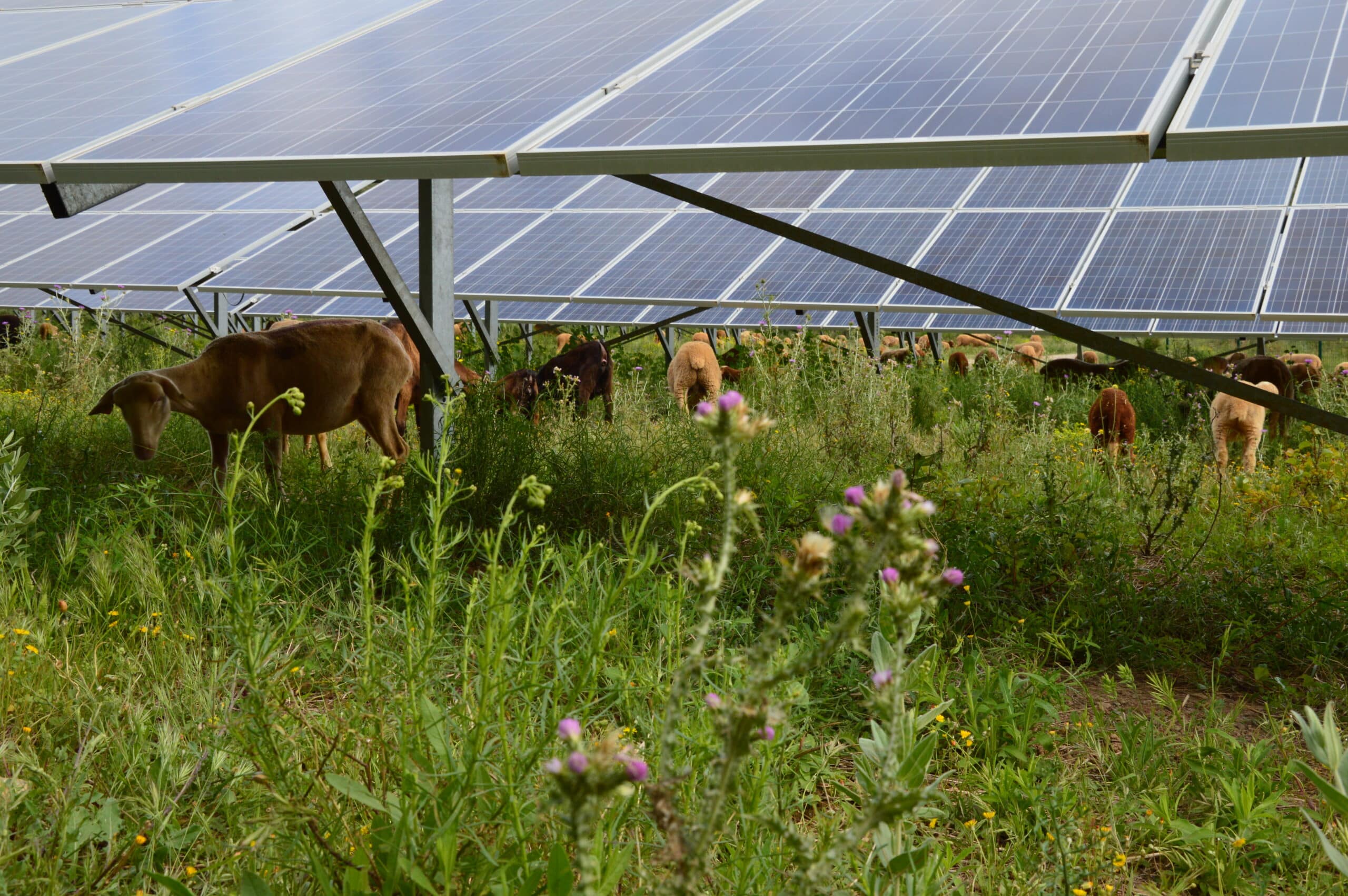
Agrivoltaics and impacts on grassland quality
As the vegetation under the panels is greener and cooler than in sunny areas, it is more appetizing to animals. Studies in agrivoltaics show thus a 15-30% increase in protein levels under panels (Kampherbeek et al., 2023; Andrew, 2020).
Operating benefits
The agrivoltaic system thus generates benefits on a farm-wide scale. The benefits of shading on grassland include maintaining forage production during summer climatic stress., lanimals could then graze longer during this period, thus limiting the need for supplementary concentrated feed and reducing farm costs.
What's more, shade, by limiting thermal stress, could also help limit the time spent in the barn in summer. Reducing the time spent in the barn enriches the animals' environment and thus improves their well-being.
Ombrea's technologies
At Ombreawe offer several agrivoltaic technologies that can be adapted to your meadows. Trackers, fixed panels or vertical bifacial panels, you can find them all on our page dedicated to agrivoltaics!



